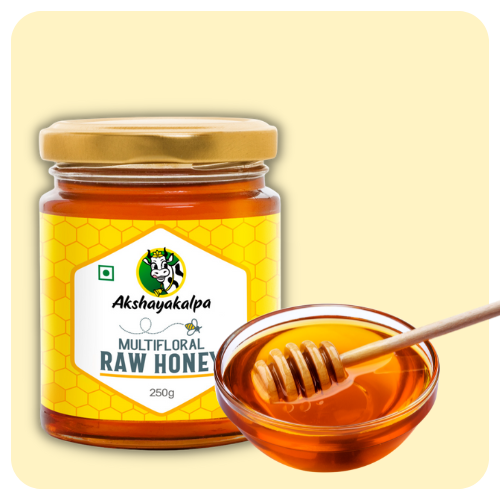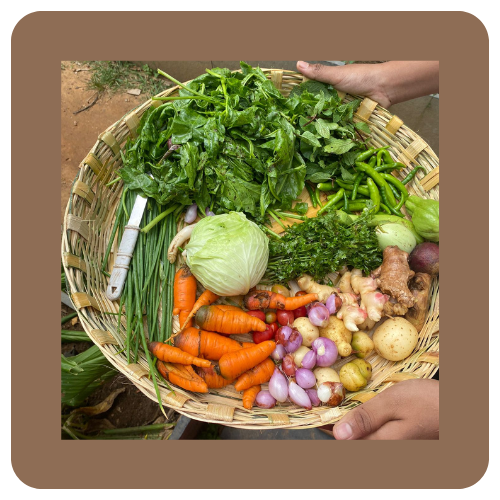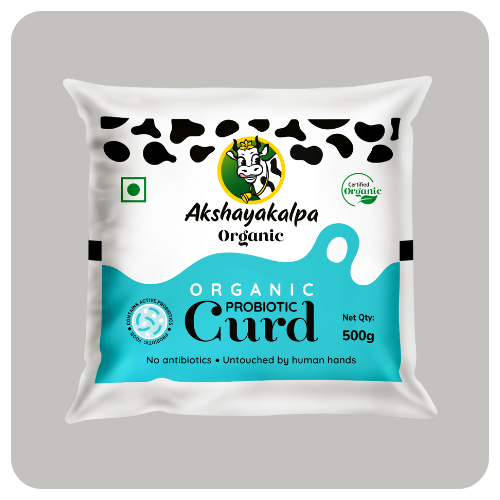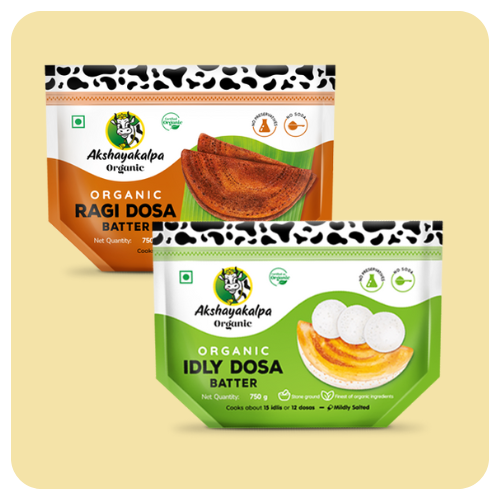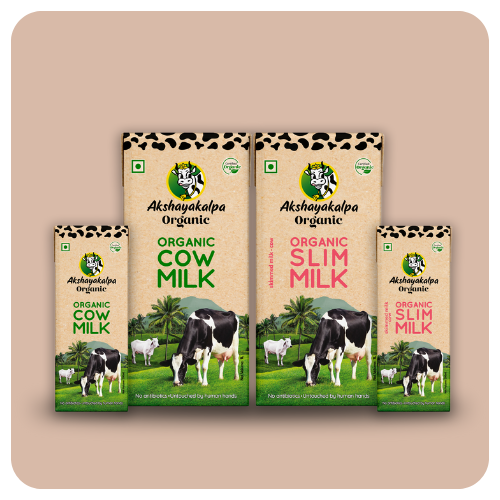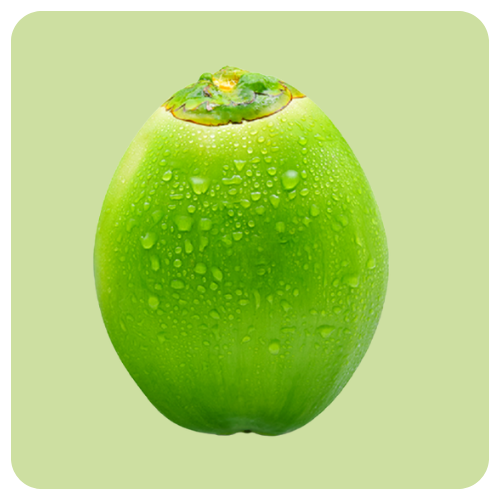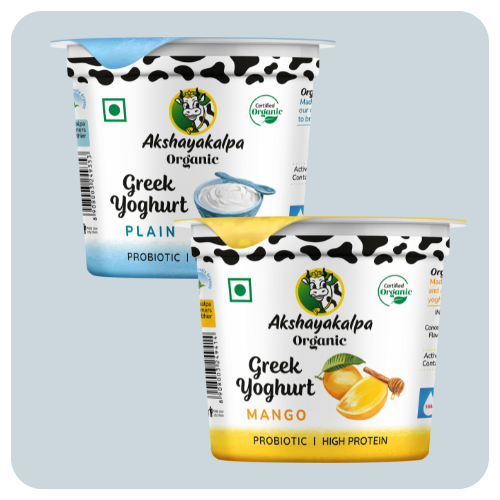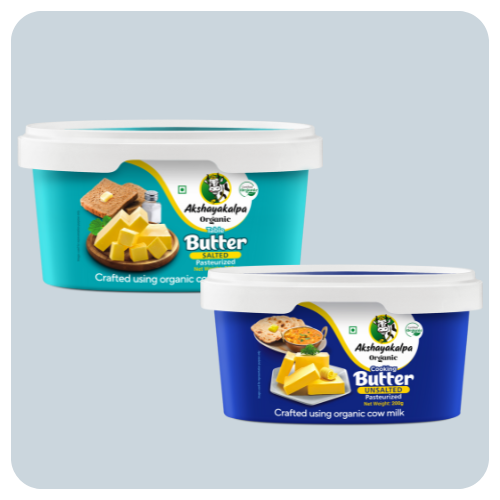Read between the slices – bread myths busted!
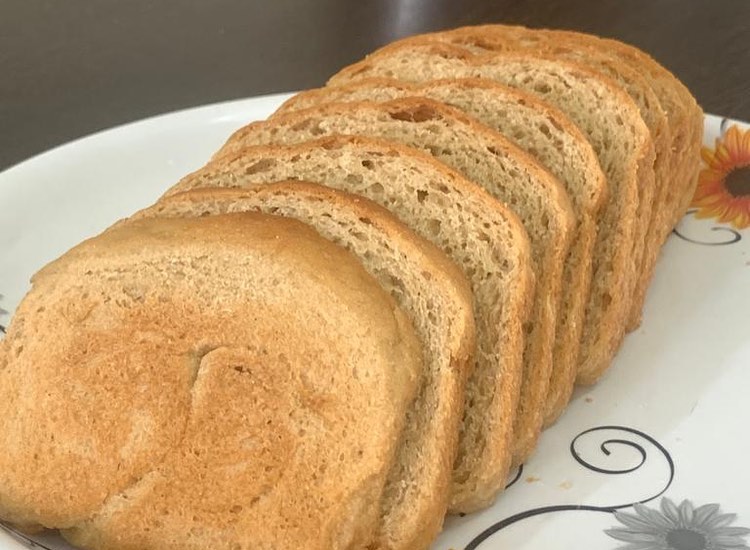
From being a staple for meals to fancy adaptations, the humble bread has been on an ever-evolving journey in the last few decades and in the process has gone from being the hero to the villain of our diets. And whether you hate it or love it, you cannot deny that bread has been an integral part of most of our plates at some point.
Contrary to popular belief, all bread is not unhealthy. But numerous myths and an overload of misinformation has led to all bread being shunned away.
Here are some common myths surrounding bread and the truths behind them to help you make the right choices for your next slice:
MYTH 1: Bread is full of empty calories.
TRUTH: True whole wheat bread is made from flour that contains the endosperm, bran and germ of the grain used – which are full of essential nutrients like vitamin B, vitamin E, zinc, magnesium, flavonoids, protein and fiber. The problem comes when breads labelled as ‘whole wheat’ or ‘whole grain’ are made from all-purpose flour or Maida, which only has the endosperm of the grain and lacks in many nutrients, making it a source of calories with little to no benefits
MYTH 2: Bread makes you fat.
TRUTH: With the dreaded ‘F’ word associated with it, bread’s reputation often takes a beating even when there is evidence to suggest otherwise.
Studies show that a higher intake of whole grains is associated with lower risk of weight gain. Similar studies conducted with white bread made using Maida show that due its high glycemic index, white bread is linked to a 40% increase in weight.
MYTH 3: Multigrain, whole wheat and whole grain breads are the same.
TRUTH: The exact parameters of breads to be called either of these are not clearly defined. A study published in the Public Health Nutrition journal in 2020, found wide disparities in the amount of ‘whole grain’ between the packaging claims and the actual content.
This makes it even more important to not only read labels but also buy your bread from a verified, trusted source.
MYTH 4: Gluten-free bread is healthier
TRUTH: There is no guarantee that gluten-free bread is healthier. Gluten is what gives bread its spongy texture. When gluten is removed, it is often replaced with chemical additives that ensure the bread is still soft and tasty to eat.
MYTH 5: Brown bread is healthier than white
TRUTH: The nutrition of the bread depends on the ingredients used to craft it and not its colour. Did you know that many brown breads owe their colour to the caramel added to it to make it appear more healthy?
Instead, take the time to read labels of the breads you buy and look for breads that are actually whole-grains. Steer away from breads that include food colour (think about it – why does bread need colouring?), hidden sugars like fructose or artificially added fiber.
If you’re looking to find a healthier loaf of bread for your breakfast table, then Akshayakalpa Organic whole wheat bread is perfect for you. Crafted in small batches by expert bakers, every slice of this bread is baked to golden perfection fresh every day.
Flour from organic whole grains is combined with the goodness of organic whey and the dough is double proofed before being baked. With NO room for added emulsifiers, dough conditioners, artificial rising agents or preservatives, every loaf boasts of wholesome nutrition of the best, honest ingredients.
Akshayakalpa Organic Whole wheat Garlic bread is infused with organic garlic grown on our chemical-free Akshayakalpa farm and is delicately seasoned to make it the perfect accompaniment to your soups, pasta or as a meal by itself.
Just like all foods, bread too should be consumed in moderation. While too much of a good thing can be a bad thing, you can give in to your bread cravings with Akshayakalpa’s range of whole wheat breads guilt-free!
Research:

